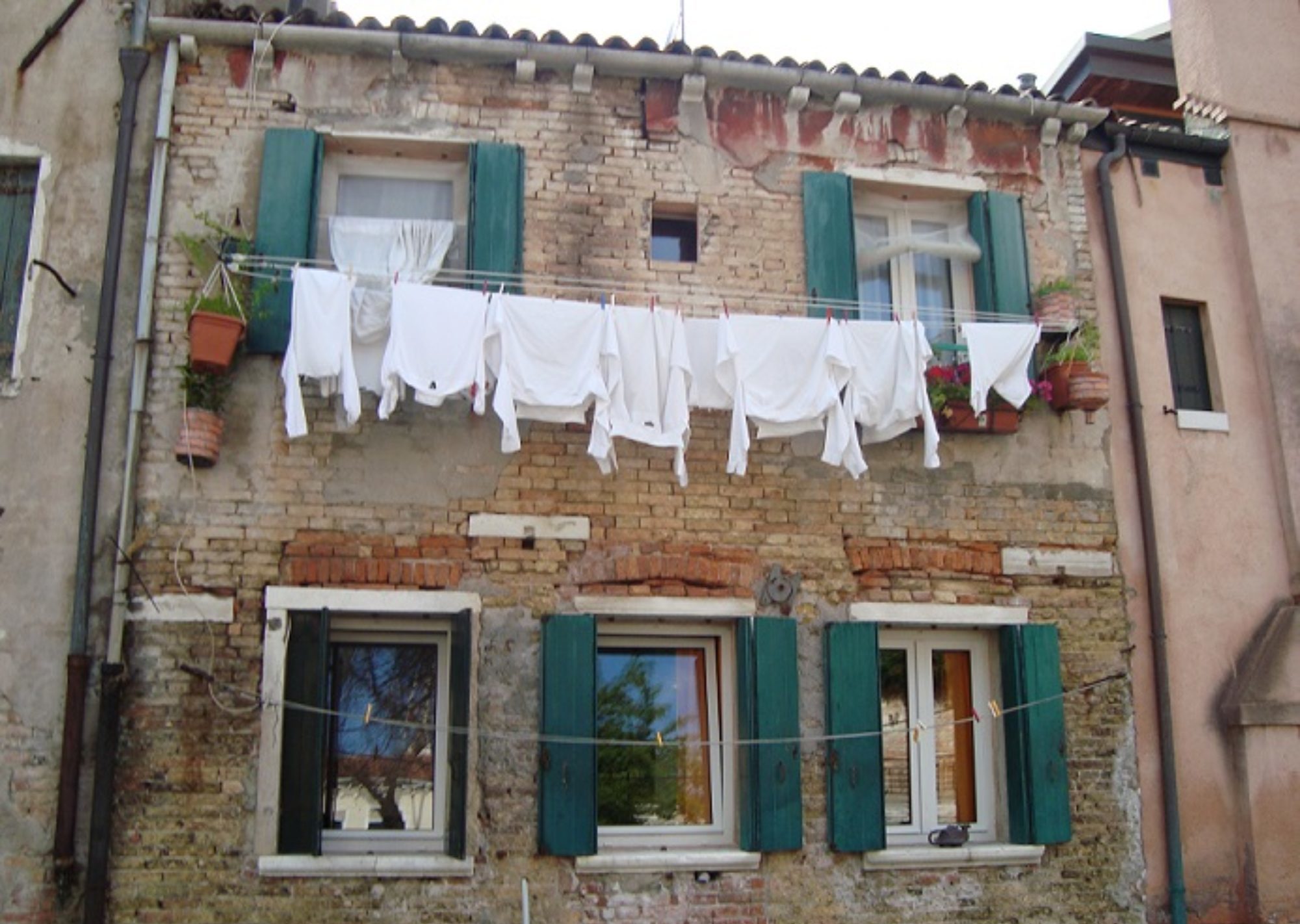When life is good it’s likely the result of effort, gratitude and heartfelt connections. Self-acceptance is a big hurdle. Being vulnerable and showing the world who I am when I’m pressed to simply fit in, is another.
Reading Brené Brown’s book, Atlas of the Heart, is thought provoking. Her definition around the emotions of belonging, fitting in and connecting absolutely resonate.
She explains connection as:
“.. the energy that exists between people when they feel seen, heard and valued; when they can give and receive without judgement; and when they derive sustenance and strength from the relationship.”

“This is why our experiences of disconnection are so painful…”
Authenticity is basic to experience belonging. And scary as hell. Conformity fosters acceptance – being different can withhold it. But open my heart I must, and trust that the Universe will deliver a supportive community.
In her chapter Places We Go When Life Is Good, Brené reveals the significance of gratitude and appreciation. She says:
“Gratitude is an emotion that reflects our deep appreciation for what we value, what brings meaning to our lives and makes us feel connected to ourselves and others.”
While having an “attitude of gratitude” is important, she explains that it’s more than that: “an attitude is a way of thinking; a practice is a way of doing, trying, failing, and trying again.”
Practice.
According to her research, those who practice gratitude create a capacity for joy.


I’m reminded of a beautiful soul who tended my cousin at the end of her life. We met and connected at my cousin’s memorial. She generously shares her life, the blessings and the challenges. I’m always struck by her appreciation and gratitude for all life; and the beauty she sees and brings to the world. It’s aspirational.
When I spend more time in the feeling of appreciation, I create a future ripe for joy. That’s where I choose to set my sights.
Today I will appreciate this beautiful short by Iniko. It’s a performance that moves, delights and inspires me to joyfulness.
“Appreciation is a wonderful thing. It makes what is excellent in others belong to us as well.” ― Voltaire














